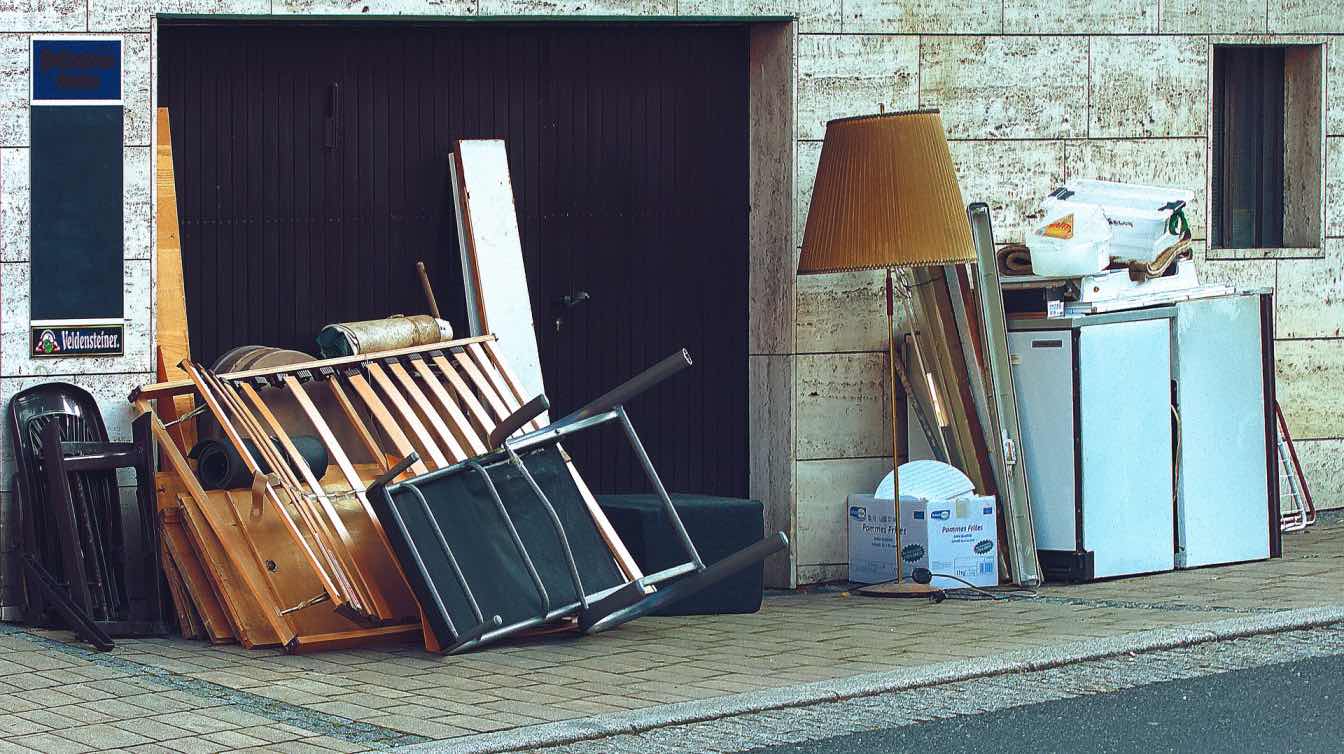The rooftop in your commercial building is an essential element during the course of its functionality. When inspecting your rooftop, you need to be wary of the kind of damage that may have occurred and how serious this could get if left unattended over a period of time. Here is how to check if your roof needs a repair.
Check The Roof Deck for Cracks and Deterioration
When you walk on your roof or look at it from a distance, check for cracks. If you can find these, they will need to be sealed in order to prevent water penetration into the building's interior. A great way to do this is by using a silicone caulk of high quality. This will create an airtight barrier that prevents water from entering the crack before it causes further damage.
Be sure to also check the roof decking for signs of deterioration such as warping or sagging. These are other indications that a repair is needed because if left unattended, they could weaken not only your rooftop but your entire building's structural integrity as well.
Check Your Roof's Attic for Leaks
The attic is another element to your rooftop that perhaps requires as much attention. Water may have accumulated in the attic due to problems during an inspection or renovation of the building, causing a leak and increasing humidity levels.
When you inspect this area, be sure to check what appears like moisture stains on the roof decking; these could already be signs of deterioration if not repaired in time. Also, look at where the water stains are because they may indicate a void caused by missing insulation or rusted steel nails holding up your shingles. Sealing these areas will help prevent any further water leakage from occurring.
Permits And Licenses
Most roofs have a top layer of shingles as well as a flashing system to ensure that there are no leaks. A professional commercial roofer can help you keep track of any permits or licenses required and also let you know if your insurance policy covers any damages to the rooftop. Get a contractor from your State. If you are in Texas, a roofing contractor in Houston will better know the right documentation. This is done to prevent unnecessary repairs from being conducted by an untrained person at considerable cost loss to you.
Inspect Your Flashings for Damage
Flashings are metal pieces placed near chimneys, skylights and other rooftop elements to protect them from the penetration of water. It is important that these are inspected regularly because they can easily break off when hit by strong weather conditions like a hailstorm, causing severe water leakage problems in your home or office building.
Check Your Roof's Ventilation System
You need to check whether you have any leaks in your roof's ventilation system because this will cause moisture buildup. When everything is working correctly, there should be no moisture problem at all! If you do find leaks in this area, it may mean that vents are blocked by debris or clogged with dirt. This could lead to mould growth and safety issues if left unattended over time.
Check Your Roof's Condition and Color for Damage
Regardless of what type of roof you have, make sure that its colour is still intact. If it has faded even a little bit, this could mean that your shingles are already worn out and ready to be replaced. When inspecting the whole area, pay close attention to tears along the seams or cracks because these areas can easily accumulate water buildup! You need to repair these at the first sign of trouble because wet shingles will cause fungal growth, deteriorating your roof even faster than you think.
Relief Slabs
One of the easiest ways to check for relief slabs is by going around your entire building and checking for bumps on your rooftop that could suggest there is one nearby. If you find any such bumps then you need to look out for cracks about 1 foot away from these bumps because this will lead you directly to the location of your relief slab.
Or, use soil tests. This is another way of checking for relief slabs as well as other defects in your roof. Soil tests can help you locate any movements in a soil slab as well as identify problems such as settlement and erosion that require immediate attention from a professional commercial roofer.
 image © Dakota Roos
image © Dakota Roos
After checking the aforementioned areas of your commercial rooftop, if everything is working properly, then there is no need to replace your entire roof. However, if you do find signs of leakage or deterioration in any way, make sure that repairs are made as soon as possible so that problems can be prevented before they even occur.





